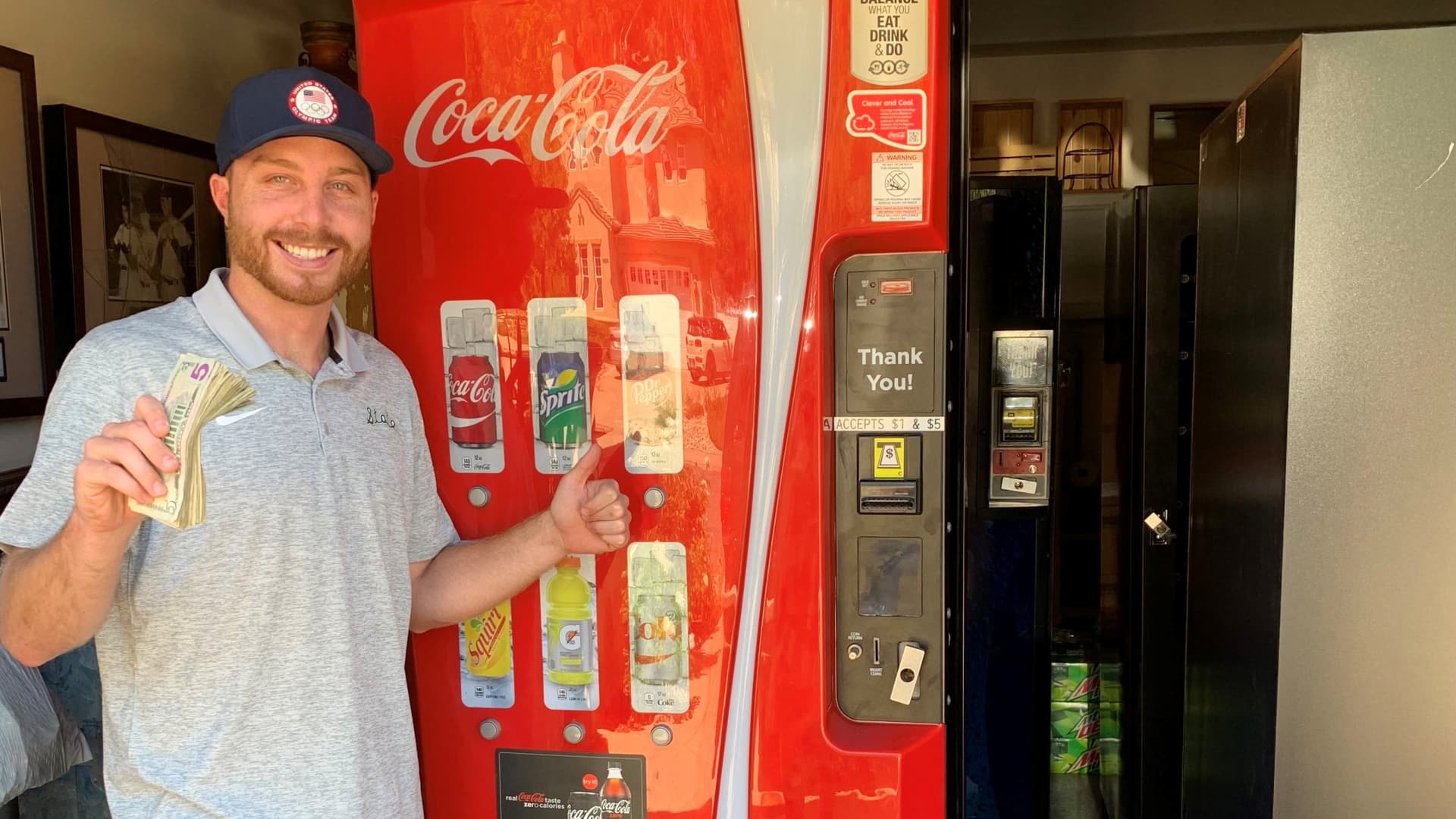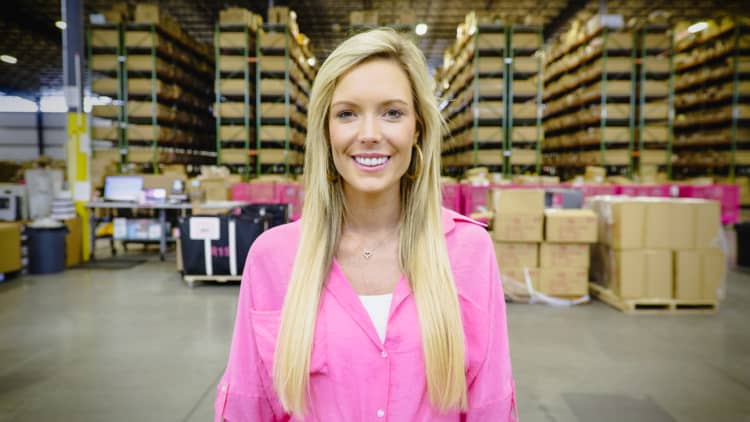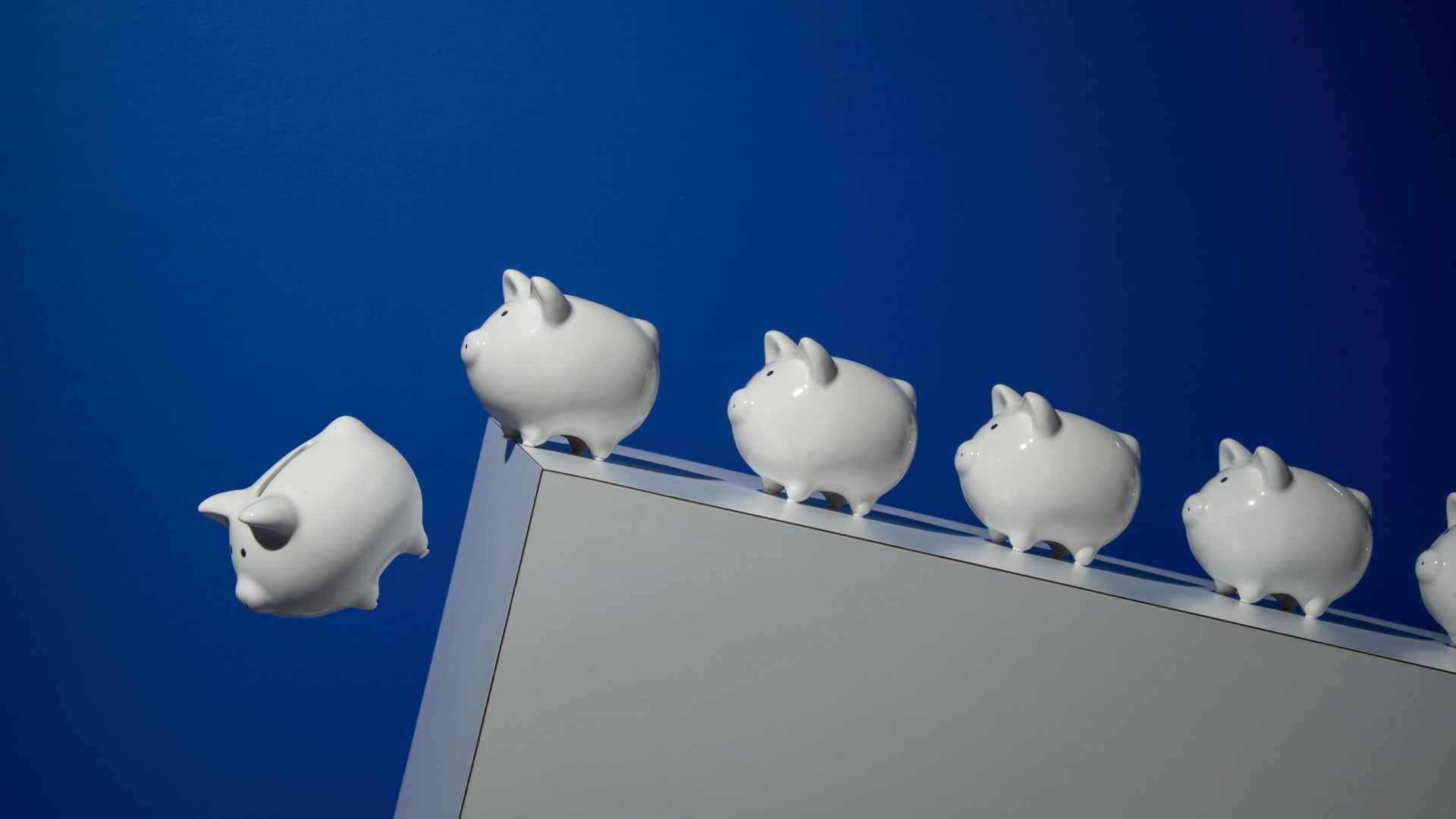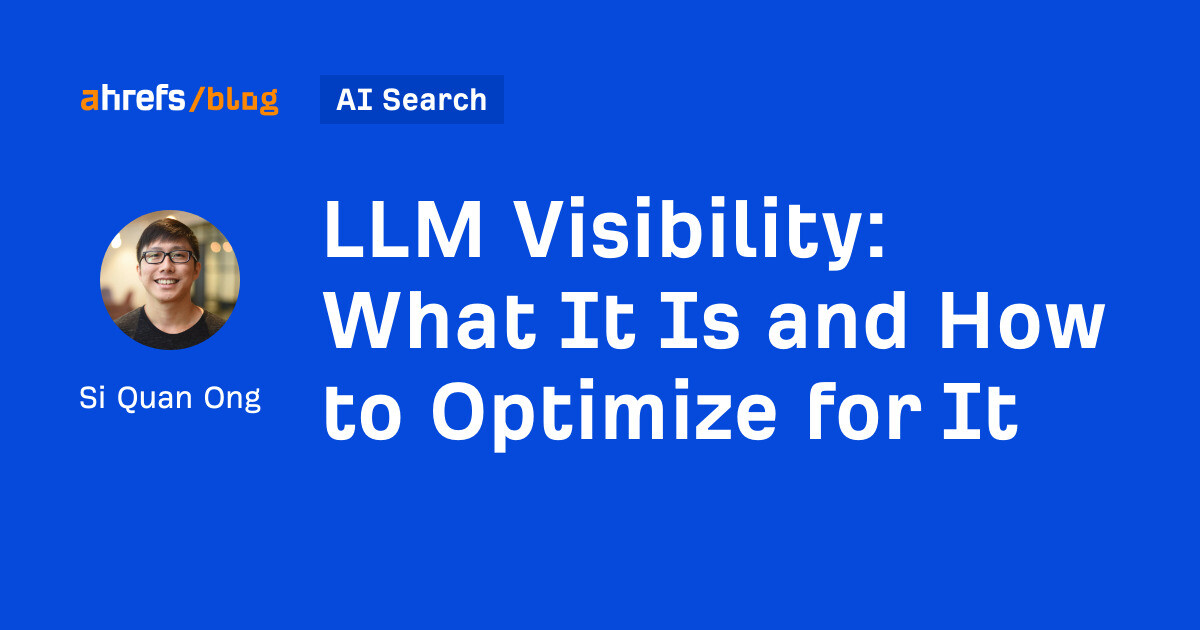This 28-year-old built a side hustle that brings in $30,000 a month: 'I only have to work 6 hours a week'
During the pandemic, Quinn Miller quit his sales job to start a vending machine side hustle. Today, his business brings in $30,000 a month, and he only has to work six hours a week on it. He shares how...

Before the pandemic, I worked at an ad-tech startup in California and made $240,000 a year, including sales commission.
But as the country went into lockdown in March 2020, so did many of my retail, restaurant and entertainment clients. Even after putting in long hours, I struggled to meet my sales quota.
That spring, I read on Twitter about someone making passive income by placing vending machines in office buildings. It immediately piqued my interest.
So in June and July, I purchased two machines for $5,000 to get a side hustle going. Things were slow at first, but I was hopeful that I could scale the business. I quit my day job that summer to focus all my time and energy into it.
I'm glad I took the risk: Today, I have 57 vending machines scattered across my hometown and bring in an average of $30,000 in monthly revenue.
Over the last two years, I've spent about $160,000 on machines, but I have a positive cash flow and no debt. I only have to work six hours a week on vending machine operations. I can spend the rest of my time on other projects, like my online coaching business and trying to land new machine locations.
Here's my five-step process on how to get started in the vending machine business:
1. Land a busy location.
For my first location, I called up a friend whose dad owns a mechanic shop. The shop had 10 employees and only sold $181 worth of products during the first three months, but it got my foot in the door
My second location was in an apartment building, and sold $1,200 worth of products in the first month.
The best way to land a location is by cold-calling. I target buildings that have a lot of employees or foot traffic. I recommend using D7 Lead Finder, which helps you find different types of businesses in a specific area and the contact information.
Ask to speak to the business owner or manager and tell them that you'd like to place a machine in their location. Explain the benefits (e.g., convenience of snacks and drinks for employees or customers) and lay out how you'd be handling all of the responsibilities.
Many venues just want the vending machine services without having to pay a premium for installation and upkeep. One vending machine business owner, for example, has 21 locations but only pays one venue 15% of his monthly profits.
2. Buy a quality machine.
I bought my first vending machine on Craiglist for $1,000. I also got some deals on OfferUp and Facebook Marketplace.
But looking back, it was a waste of time and money. I've found that it's more worth it to buy new machines through a local supplier, even though it could cost up to $4,000. They are more reliable and require less maintenance.
I frequently purchase from Ross Vending, which has an entire warehouse of new and refurbished machines.
For first-time vendors, I suggest getting a stacker drink machine. It holds six to 10 types of products, which means you don't have to buy as many variations and can experiment with what sells.
A stacker drink machine sells just a few types of products and is best for beginners.
Photo: Quinn Miller
I only buy three types of vending machines. For snacks, I use the Crane 167/168. For drinks, I use the Royal stackers or the BevMax 4.
3. Buy a credit card reader.
Not all machines come with credit card readers, so I bought one from Nayax for my first machine. They can cost up to $399, but are well worth the price.
Nayax card readers show you sales on a live basis through their website and app, meaning you don't have to physically go to the machine to see what needs to be restocked.
Credit card readers give customers an alternative payment option. Losing a sale because someone doesn't have cash on them isn't good for business.
Plus, it's the customer who takes on the credit card processing fees, not the seller.
4. Pay someone to move the machine to your location.
Once you have a location, you can visit to scout out where that will be.
Vending machines are heavy and dangerous to move, so it's hard to fit them into tight spaces.
It costs about $100 to $150 to pay for a professional mover, but it's worth it. Your machine distributor can connect you with a local and experienced mover.
5. Buy products from wholesale stores.
I have a 2,000-square-foot warehouse where Pepsi and wholesale suppliers deliver products that my two part-time employees use to stock our machines.
But I still buy products from bulk stores because the deals are great. When it comes to stocking, Sam's Club takes the crown.
Depending on your product mix, it costs anywhere from $250 to $1,000 to fill a machine. My first machine cost $250 to stock.
When deciding what to sell, start with popular, recognizable brands. Test what sells and what doesn't. Aim for items will give you a profit margin of between 50% and 75%.
I love being a vending machine business owner. My biggest problem is when coin slots getting jammed, but I wouldn't trade that in for the stresses that came with my previous 9-to-5 job.
Quinn Miller quit his six-figure sales job in 2020 to run his vending machine business full-time. Follow him on Twitter @quinnmiller.
Don't miss:
This 33-year-old makes $14,600 a month in passive income: ‘I work just one hour a day’ on my online businessA 24-year-old who makes $8,000 a month in passive income shares her best business advice‘4 businesses you can start today for $99 or less’: 30-year-old who makes $114,000 a month in passive income:

 Aliver
Aliver 
































